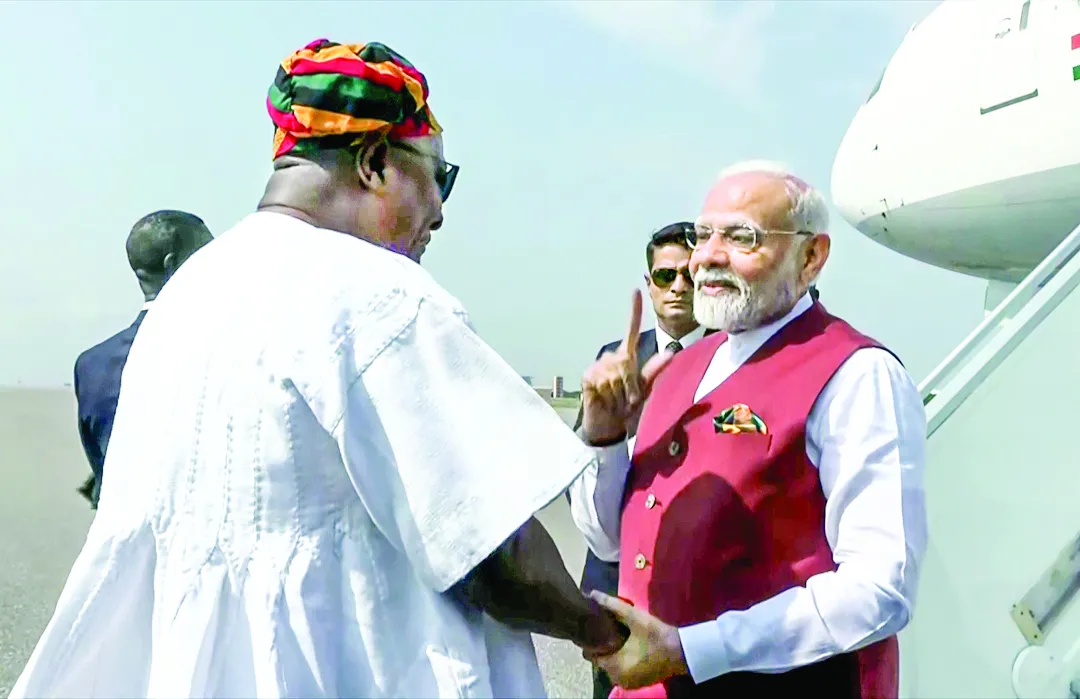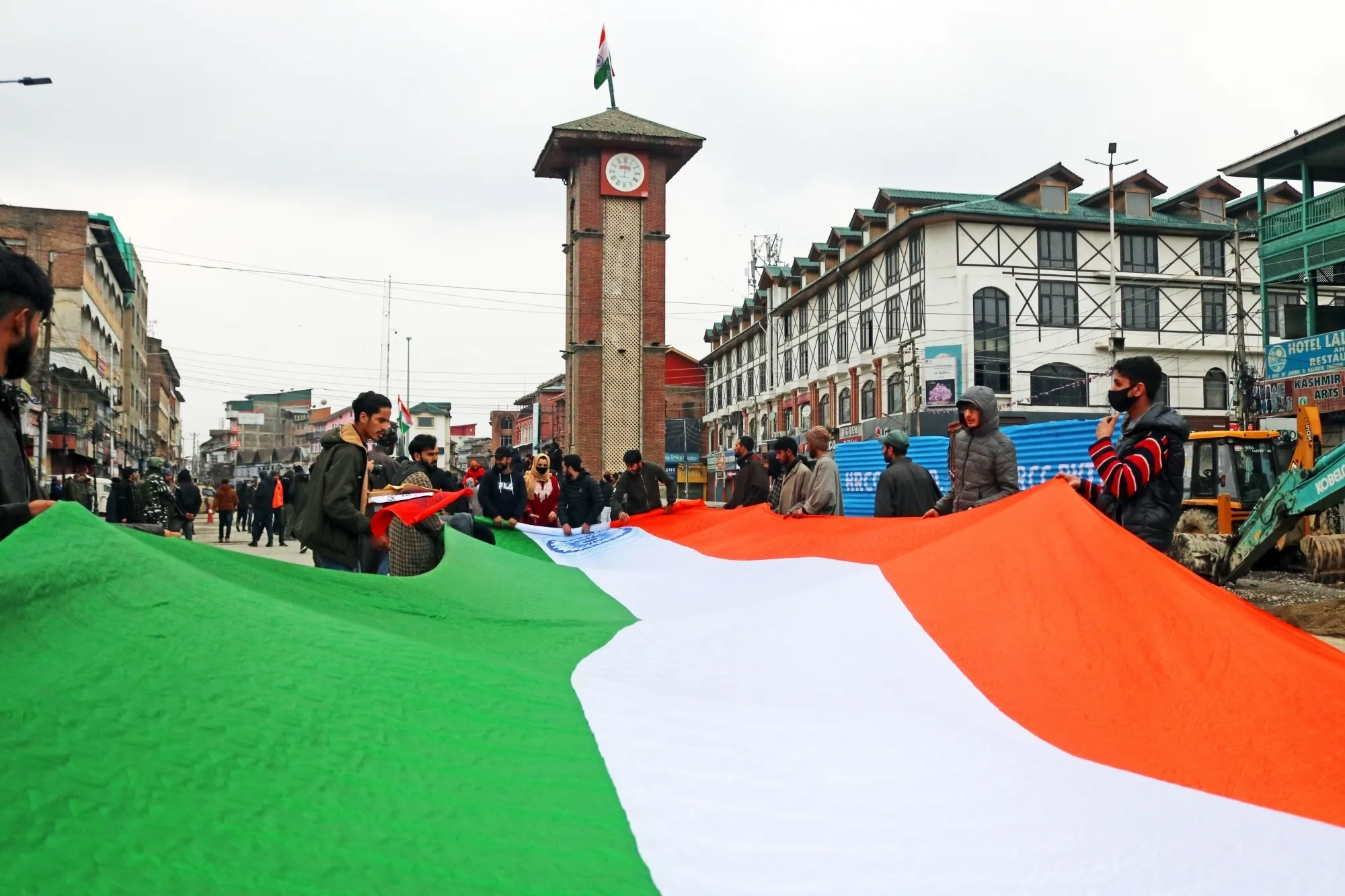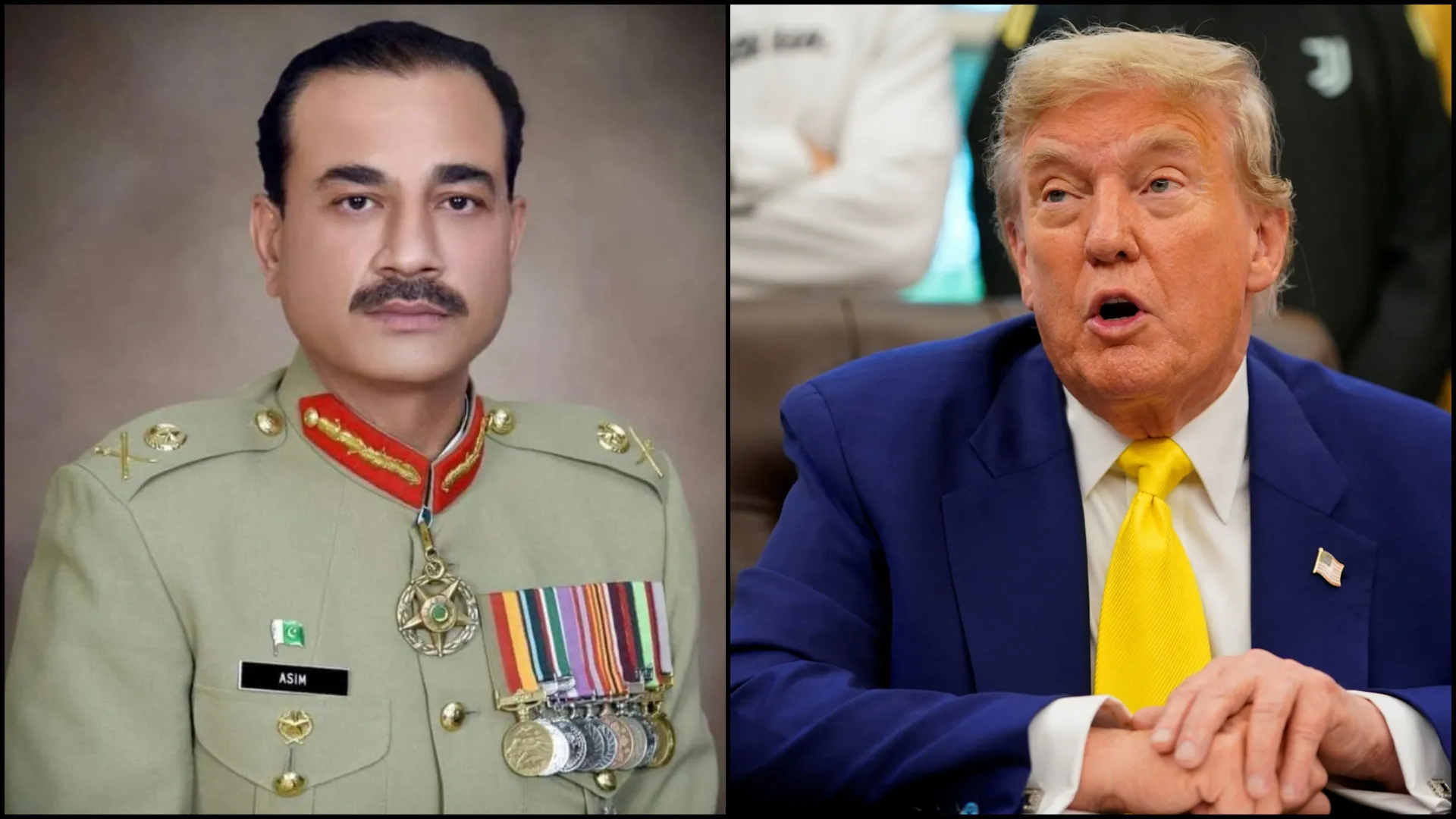In a significant development that could reshape the contours of India’s defense capabilities, Russia has offered to make its fifth-generation stealth fighter jet Sukhoi Su57 in India for the Indian Air Force. This innovative proposal, announced on June 4, 2025 represents the most comprehensive technology transfer deal ever offered to India in the defense sector. The Su-57E is the export variant of the Su-57. It consists of advanced radar systems, hides weapons inside internal bays instead of outside, and has a slanted shape that deflects radar waves. Its curved air intakes also block radar from seeing the engine blades. It has the capability for sustain supersonic flight without afterburners. It is designed with stealth features to make it harder for enemies to detect and is a comprehensive suite of weaponry optimized for air superiority and precision strike missions.
Together, these features reduce the jet’s radar and heat signatures, making it much harder to spot or track. It is considered a technologically mature and combat-proven platform that could potentially be integrated into the Indian Air Force with relative ease. Russia’s offer, which was presented by Rosoboronexport and United Aircraft Corporation (UAC) at Aero India 2025, extends beyond a conventional supply and demand arrangement. It proposes joint production of the Su-57E at Hindustan Aeronautics Limited’s (HAL) Nashik facility, where the Su-30MKI is already assembled. The Russian proposal includes a transfer of technology, which allows India to customize the aircraft with indigenous systems like AESA radars, avionics and weaponry.
This flexibility in the proposal aligns with the push for self-reliance with the ‘Make in India’ initiative, serving a catalyst for transforming the country into a global manufacturing hub for domestic defense production and advancing the vision of Atmanirbhar Bharat. With HAL’s established infrastructure, India could absorb the Su-57E technology rapidly, potentially delivering aircraft within a shorter timeline and will ensure that production and maintenance will not be affected by Western sanctions on Russia. Russia’s offer for India is three dimensional—it will commence the local production of Su-57E, upgrade the of Su-30MKI fighter jets with advanced technology, and will back and assist India towards its own fifth-generation Advanced Medium Combat Aircraft (AMCA) program.
Russia has also offered to give India access to the Su57E’s software system, which is considered a game changer as such technological access is rarely given. Countries like US or France do not allow such access during the sale of their own fighter jets. The access to source codes reflects Russia’s openness with the offer and gives India more control, and directly responds to major concern India had during the Rafale fighter jet deal with France. Despite India’s repeated efforts through diplomatic channels, France refused to share the Rafale’s source code.
This refusal made it very difficult for India to fully customize the Rafale jets to its changing defense needs. It has also caused issues in integrating Indian-made weapons like the Astra missile and Smart Anti-Airfield Weapon (SAAW) onto the Rafale, despite ongoing cooperation between the two countries in other areas. If accepted, Russia’s offer could give India a major edge in future air combat and could potentially mark a turning point in the country’s efforts to modernize its air force. Pakistan’s deepening defense collaboration with its iron brother, and China’s latest foray into the fifthgeneration stealth fighter technology, India needs a strategic defense procurement to address the evolving air power landscape in the region. Amidst the persistent geopolitical tensions between India and China, and the reports of Pakistan potentially introducing two squadrons of China J-35 fighter jets into Pakistan Air Force by the close of 2025, can drastically alter the aerial military balance in South Asia. The J-35, also known as FC31 Gyrfalcon, positions China as a competitor to advanced aircraft like the American F-35. This acquisition of J-35 will augment Pakistan’s air combat strength, potentially challenging India’s existing air superiority. To counter this growing defense capability, the procurement and manufacturing of Russia’s Su-57E is essential.
Also, India’s own fifth-generation AMCA developed by Aeronautical Development Agency and Defence Research and Development Organisation, remains in early stages of development and is not expected to enter operational service before the mid of 2030s. This projected timeline may create a tactical airpower gap over the next five years, and the Russian Su-57E could potentially bridge the gap. While the offer looks promising, it faces significant obstacles.
The United States’s Countering America’s Adversaries Through Sanctions Act (CAATSA) poses a possibility of sanctions. As earlier seen with the India and Russia’s S-400 deal, which encountered challenges like facing delays due to payment mechanisms amidst western sanctions on Russia. With the absence of a robust payment mechanism, similar payment difficulties exist to handle a multi-billion-dollar Su-57 deal. Although, the anticipated thaw in U.S.-Russia relations under President Donald Trump may ease pressure of CAASTA sanctions, but significant uncertainties still persist, as any major defense transaction with Russia carries risk of sanctions. Also, Russia’s proposal to India comes at a time when the Unites States, is reportedly preparing to extend a proposal for the sale of own fifth-generation fighter, the F-35A. Washington sees this deal as a strategic opportunity to bolster India’s Air power capability in response to China’s growing belligerence in the Indo-Pacific.
However, for New Delhi, this marks crucial decision—whether to deepen its decades long defense partnership with Russia or to expand its security partnership with the U.S., which is seen as a key to countering China’s aggression and its strengthening ties with Pakistan. The proposal represents a strategic opportunity for India to gain deeper technological autonomy and greater freedom in shaping its defense posture. The Su57 deal could emerge as one of the most significant defense collaborations between India and Russia in the 21st century—potentially propelling India into the ranks of nations with the capability to produce fifth-generation fighter on their own ground. The author is a geopolitical analyst and a doctoral candidate at the Centre for the Study of the Americas at Jawaharlal Nehru University.























